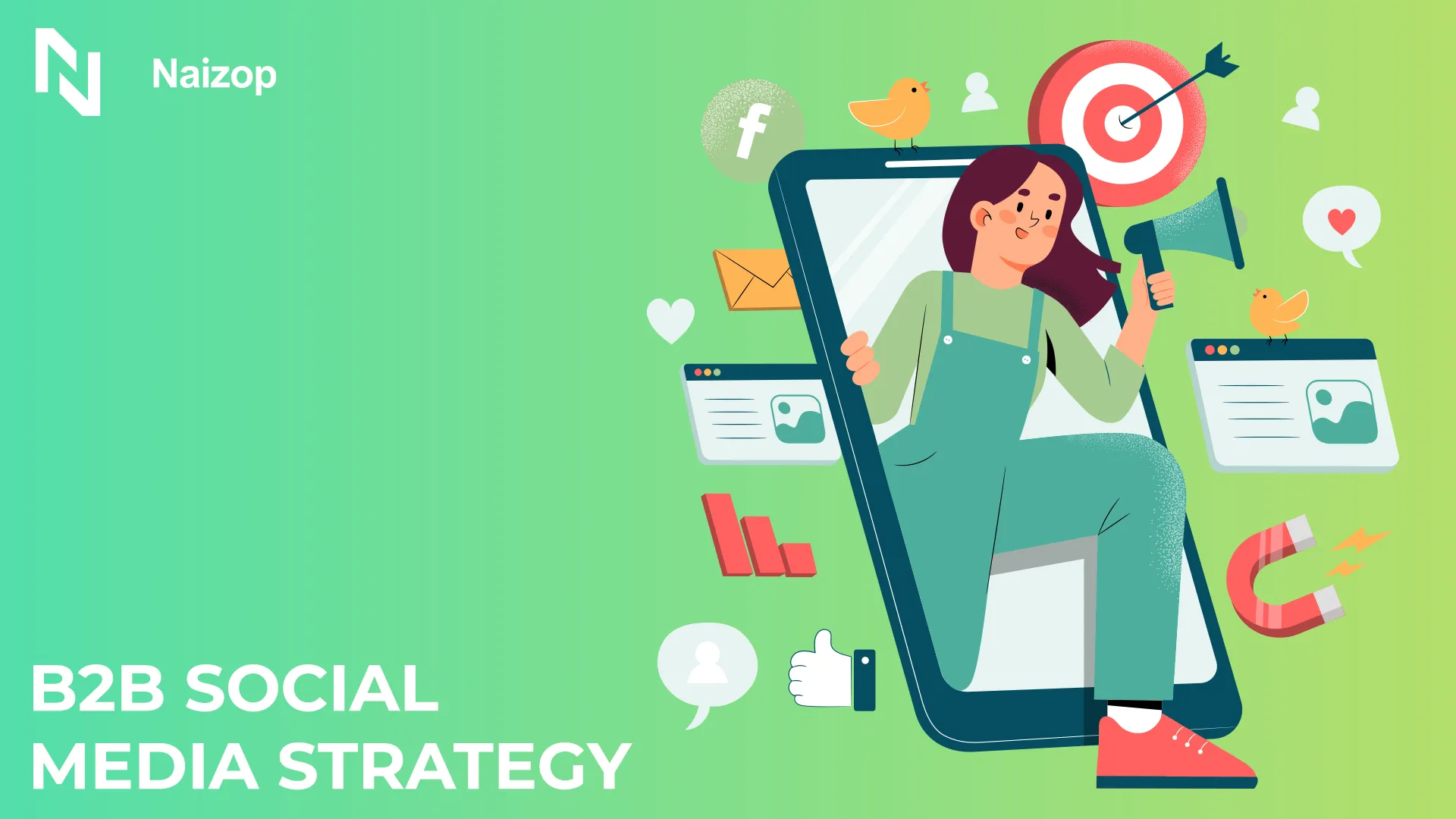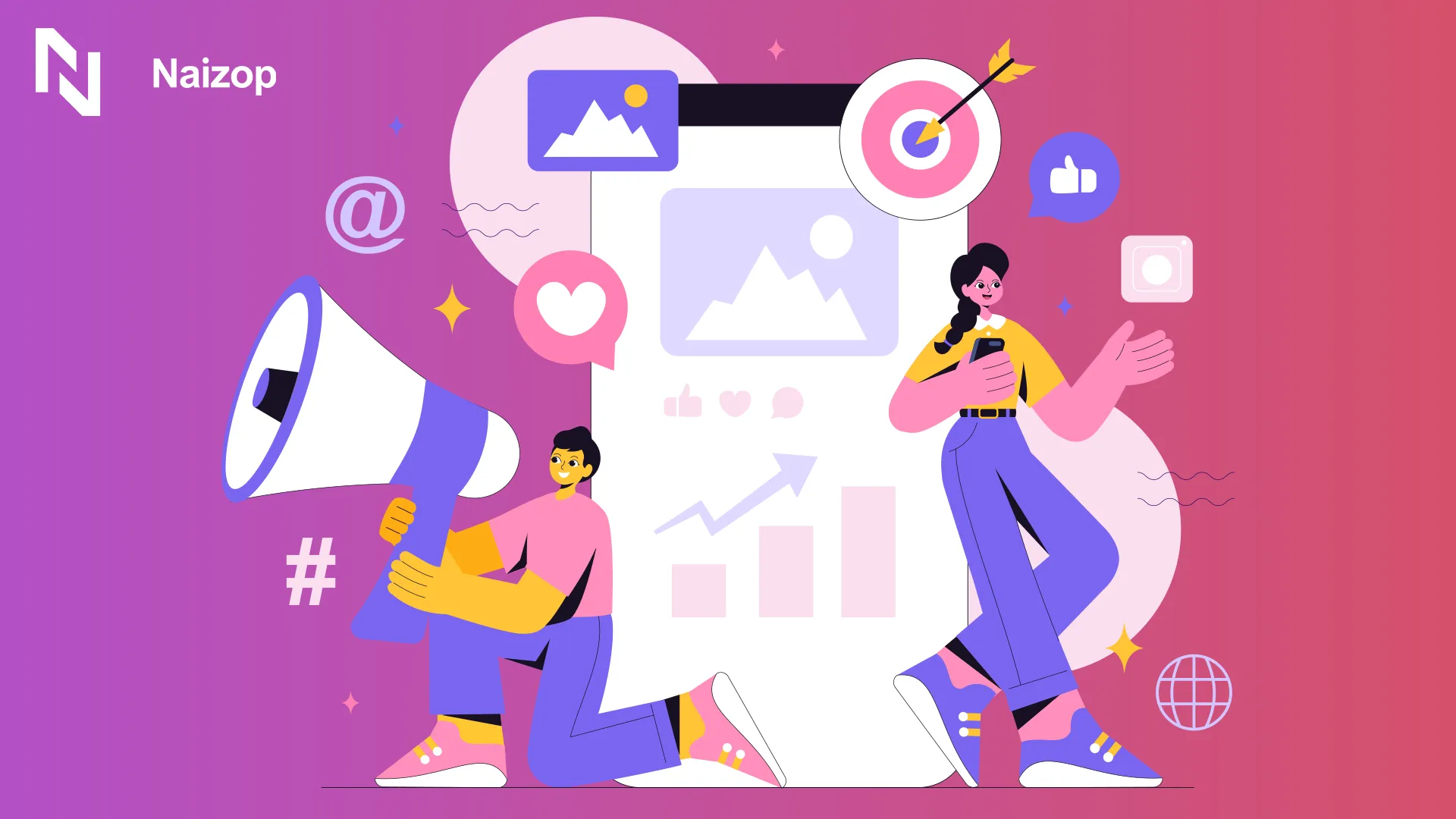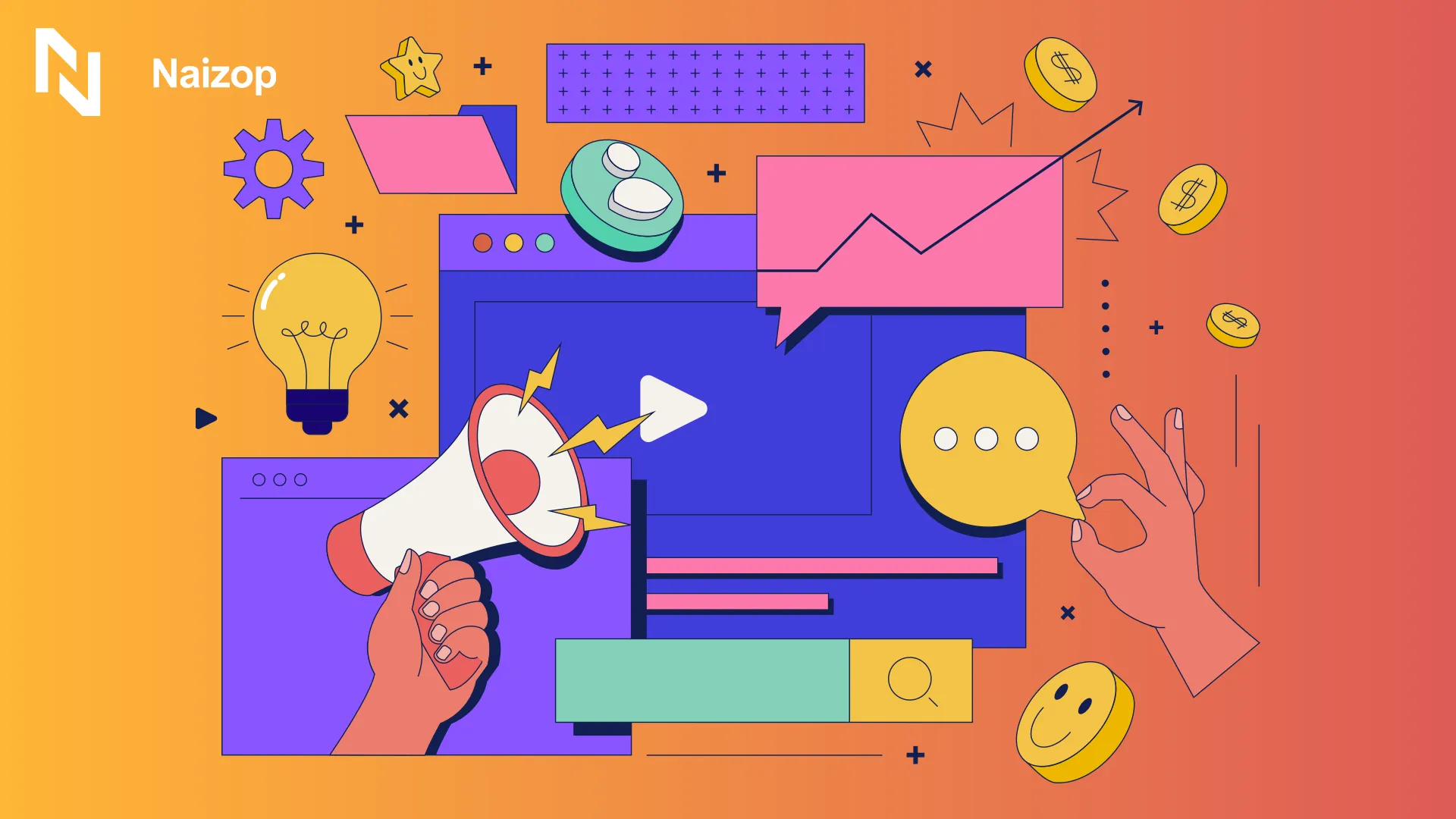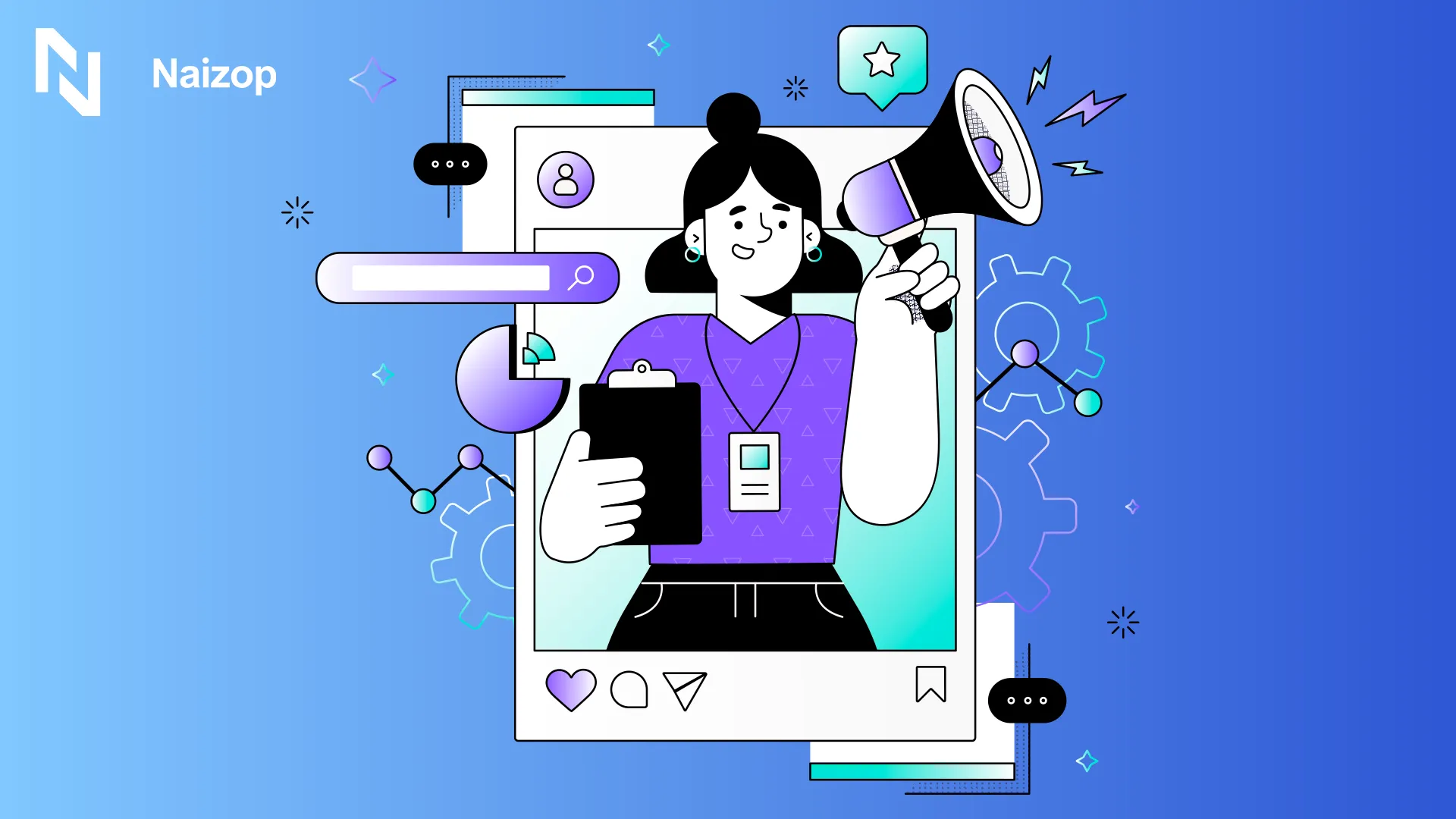🎄 Christmas Mega Bonus | Up to 60% Deposit Bonuses Live Now 🎁
🎄 Christmas Mega Bonus 🎁
🎄 Christmas Mega Bonus | Up to 60% Deposit Bonuses Live Now 🎁
🎄 Christmas Mega Bonus 🎁
All Services
Instagram
TikTok
YouTube
Twitter
Facebook
Threads
Snapchat
Telegram
Discord
Reddit
Quora
Spotify
SoundCloud
Twitch
![]() Kick
Kick
![]() Rumble
Rumble
Podcast
LinkedIn
OnlyFans
Pinterest
Reviews
SMM Panel Pages
Growth Services
Bot Services
Report Bot Services
Others
All Services
Instagram
TikTok
YouTube
Twitter
Facebook
Threads
Snapchat
Telegram
Discord
Reddit
Quora
Spotify
SoundCloud
Twitch
![]() Kick
Kick
![]() Rumble
Rumble
Podcast
LinkedIn
OnlyFans
Pinterest
Reviews
SMM Panel Pages
Growth Services
Bot Services
Report Bot Services
Others


Noah Blake
Last Update: April 30, 2025In 2025, you need a real B2B social media strategy - not just random posts. B2B social media marketing isn’t just about showing up - it’s about showing up smart.
From LinkedIn to niche social media channels, the rules are evolving fast.
The most successful B2B brands differentiate themselves through targeted content marketing strategies designed specifically for professional audiences.

These 7 proven strategies will help B2B marketers cut through the noise and connect with the right audience.
One of the smartest moves you can make? Buy SMM panel from a reliable provider like Naizop.
It’s fast, affordable, and scalable - and it gives your B2B social team the boost needed to stay active on social media where it matters most.
Why wait to grow your reach organically when you can build your B2B social footprint with targeted services that drive real engagement across top B2B social media platforms?
The best B2B brands aren’t just posting - they’re investing.
Don’t miss your window to scale. Partner with Naizop today and watch your social media conversations explode with reach, clicks, and conversions.
When you think of social media, you typically think of organic posts from your page. But you can also run paid ads on social media, which will appear right in users’ feeds.
Moreover, you can target your ads toward specific groups of people based on demographics like:
That means you won’t waste your ads on unrelated audiences. Instead, you can direct them to exactly the people you hope to convert.
Not everyone will discover your page organically, so paid social media ads are an excellent way to spread brand awareness and draw in more users.
Even if you do on social media, there’s one thing you should never forget to do - interact with your audience.
By “interact,” we don’t mean talk with them, we mean talk with them. It’s called social media - your communication should be two-way. Think of it as a dinner party where you’re the host.
You don’t want to get up on a stage and spend the entire event talking to your guests like they’re an audience at a speaking event - you want to mingle with them and chat with them one-on-one.
Likewise, interact with your followers on social media. When people tag you or ask you questions, be sure to respond.
The first step of using social media in your marketing is to determine which platforms you’ll use.
There are a variety of social platforms available to you, including: Facebook, Twitter, Instagram, LinkedIn and more!
You might only want to market on one platform, or maybe you’re looking to tackle several at once. It all depends on what you’re capable of and where your audience is located.
Take some time to research which demographics can be found on which platforms.
Then compare that with the demographics common among your target audience to figure out which platforms they tend to use.
For B2B companies, LinkedIn is often a particularly valuable resource since it’s such a business-oriented platform.
Before starting with your B2B social media marketing journey, prioritize setting SMART goals.
SMART expands to: Specific, Measurable, Achievable, Relevant and Time-bound. SMART goals help you ensure clarity, focus and trackability.
For instance, a SMART goal for increasing brand awareness could be to increase LinkedIn followers by 20% in the next 6 months.
It's SMART because it is specific (with clearly defined objectives and outcomes), measurable (increase followers by 20%), achievable (through targeted content and communication strategy), relevant (to increase B2B visibility on LinkedIn) and time-bound (within 6 months).
This approach helps you strategically plan your B2B social media strategy and evaluate its effectiveness.

You want to research and use hashtags that are both trending and contextually relevant to your niche.
For example, if you're targeting CMOs in SaaS, hashtags like #SaaSMarketing, #CMOGrowth, or #B2B Content could put you directly in front of decision-makers browsing those exact terms on LinkedIn or X (formerly Twitter).
Incorporating 2–4 focused hashtags per post can expand reach dramatically without triggering spam filters or diluting your message.
A good mix includes one high-volume hashtag, one niche industry-specific tag, and one branded or campaign-specific hashtag.
This combo helps you show up in high-interest feeds while still owning your brand’s narrative.
Mentions, on the other hand, are your shortcut to relationship building.
By tagging thought leaders, partners, clients, or industry publications, you not only increase the chances of interaction or reshares, but you also position your brand alongside credible voices.
When done authentically (not in a spammy way), mentions can trigger algorithmic boosts, drive social proof, and help your content piggyback on already active audience pools.
If you're serious about effective B2B social media marketing, your content needs to do more than promote - it needs to solve.
Focus on creating value-driven posts that directly address what your B2B audience is struggling with.
Here’s how to turn your content marketing into a demand magnet:
Smart content doesn’t just boost social media presence - it creates a strong social reputation that keeps your B2B business top of mind.
B2B social media strategy is no longer a “nice to have” - it’s the foundation of modern digital marketing for serious B2B companies.
Even if you're using one social platform or managing multiple social media platforms, your approach needs to be intentional.
From buying an SMM panel to boost your social media presence, to creating content that speaks directly to your B2B audience, success depends on smart execution.
Track your social media metrics, stay active on social, and continuously refine your content and engagement.
The brands that lead tomorrow are building smarter strategies today - don’t get left behind.

Start with your B2B audience - know who you're talking to and what problems they want solved. Then, create content that speaks to those pain points.
Choose the right platform for B2B, like LinkedIn or X, and stay consistent.
Keep your social media performance in check with simple analytics, and don’t be afraid to mix in thought leadership content, case studies, or even memes (if they fit your brand).
Good social media management means staying active, posting smart, and always learning from what works.
B2B social media is how businesses talk to other businesses online.
It’s not about racking up likes - it’s about building trust and showing value through smart B2B content, helpful posts, and solid conversation.
The goal is to turn followers into leads, not just fans. This is where social media marketing for B2B really gets to shine.
Hands down, LinkedIn is the king of B2B business platforms - it’s where decision-makers live.
But don’t sleep on X (Twitter) for fast trends, or YouTube for long-form content that speaks.
The best channel depends on your audience. Wherever your people hang out, that’s your best social platform.
Let’s break it down. There’s:
All four use digital marketing and social listening more than ever to make buying decisions, so make sure your marketing efforts are hitting the right type.

Written By:
Noah Blake
AUTHOR & EDITOR-IN-CHIEF

In this article